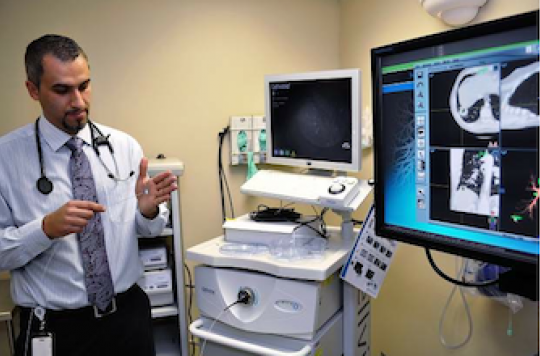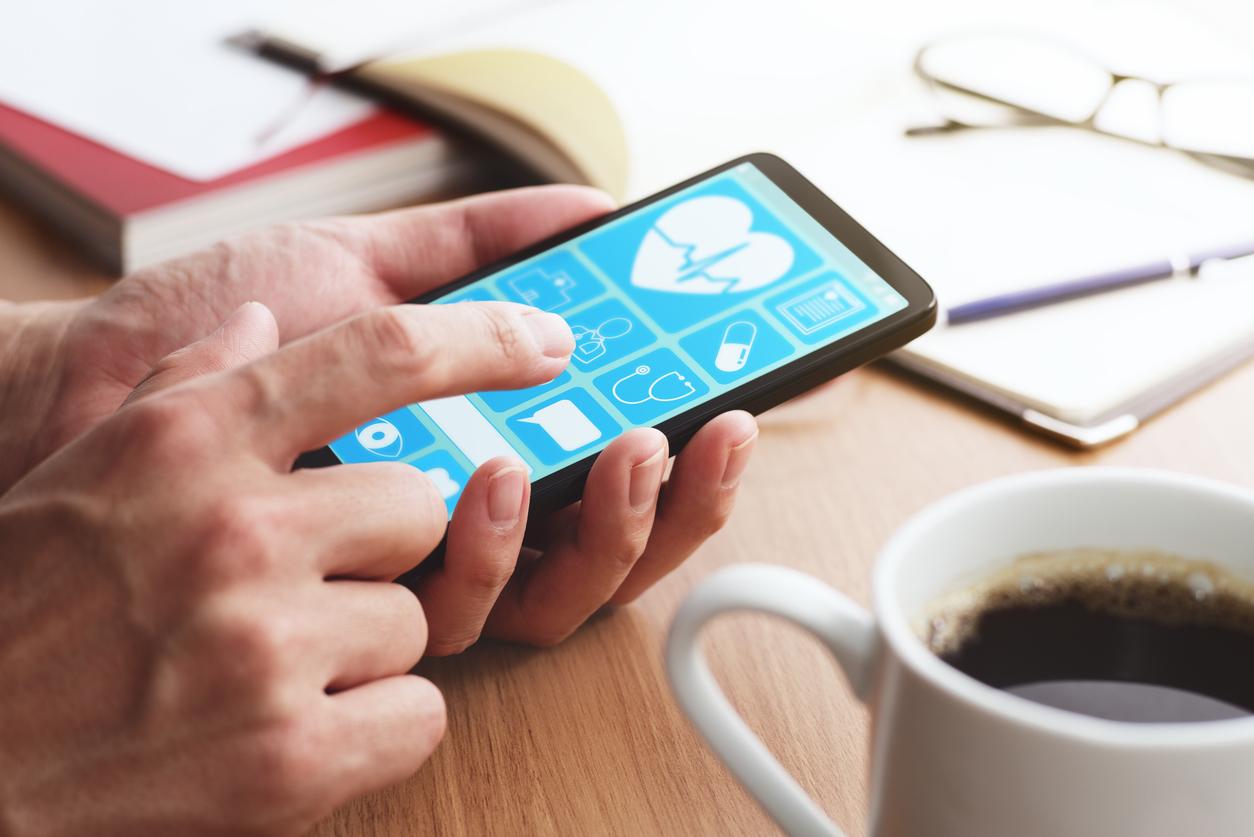A French company, welcomed by the visit of François Hollande, has designed the smallest microscope in the world. It opens up new avenues of diagnosis and treatment for cancer.

The Global Innovation Competition is launched by the government! From this Monday, more than a hundred ideas in seven themes (1) will be submitted to the Commission Innovation 2030. After selection, around thirty projects will be selected at the start of the 2014 school year. And the promised reward is worth the candle. . The companies chosen will be assisted to the tune of 2 million euros by the State, provided they are based in France. Among the candidates in the running, a French company, Mauna Kea Technologies, specializing in astrophysics and medicine, which has developed the smallest microscope in the world, Cellvizion. An unprecedented technology capable of making great strides in the diagnosis and treatment of cancer. To mark his attachment to innovation and to projects worthy of a French-style Silicon Valley, François Hollande visited this high-tech company this morning.
Penetrate inside cells
To detect cancerous tumors, tens of millions of biopsies are taken each year, sometimes in an imprecise, random fashion. They are sources of stress, mixed results and consequent costs in analyzes and unnecessary medical acts.
The “optical biopsy” offered by the smallest microscope in the world Cellvizio is a game-changer. Indeed, by bringing the microscope into the human body, French medtech is creating a breakthrough in the field of imaging and diagnostics and is opening up a new avenue: endomicroscopy. This technique allows for the first time to penetrate even deeper in the body and to visualize the interior of the cells.
With its ultra-miniaturized microscope, the Cellvizio system instantly provides practitioners with microscopic images of tissue. Thanks to virtual tissue cutting, specialists can thus, without invasive sampling, characterize the tissue in real time and determine whether it is benign or malignant.
Benefits for the patient
Being able to obtain the diagnosis of a lesion, in vivo, in situ and in real time during endoscopy, has many advantages. First of all, a unit of time and place: if necessary, the treatment can be initiated on the basis of the most complete and precise information possible, during the endoscopy. The patient will not have to be re-summoned for treatment, as is the case today.
Furthermore, this technology saves time and saves money, in particular with the number of biopsies and, above all, of repeated procedures or unnecessary surgeries which would be reduced.
Finally, a reduction in the drawbacks of histological diagnosis (invasive nature of biopsies – hemorrhage – modification of the tissues by fixation, incomplete nature of the analysis if the tissue is heterogeneous, etc.).
Today, the development of Cellvizio is slowed down in France. ” THE‘French hospital, to acquire a new technology, must know that it is supported by the State. However, currently, for an SME like ours, it is a journey that can take between five and ten years during which there is no such support and, therefore, the hospital cannot acquire the innovative equipment that we produce ”, confides Sacha Loiseau Founder and CEO of Mauna Kea Technologies and former astrophysicist at NASA.
And the latter added, “Could we imagine selling TGVs, Airbuses or Rafales all over the world – and we know very well that it is very difficult – if they were not first adopted by the public service or by national companies? This is our big challenge today, and we hope that French patients will be able to benefit much more from this technology in the near future. “
Anyway, at present, Cellvizio has been approved in more than 40 countries, is used today by gastroenterologists and pulmonologists, as well as by a large number of researchers in different specialties, in particular neurosciences, oncology and / or stem cells. Nearly 350 devices, which have become essential for medical diagnosis, are installed around the world and 15,000 patients have benefited from them.
(1) Energy storage, recycling, marine resources, plant chemistry, individualized medicine, silver economy, big data.
.
















